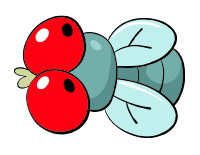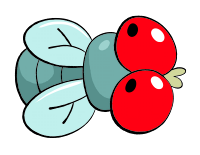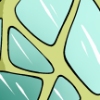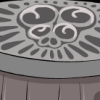
DAY SIXTEEN: THE "MIRRORED" SPIDER
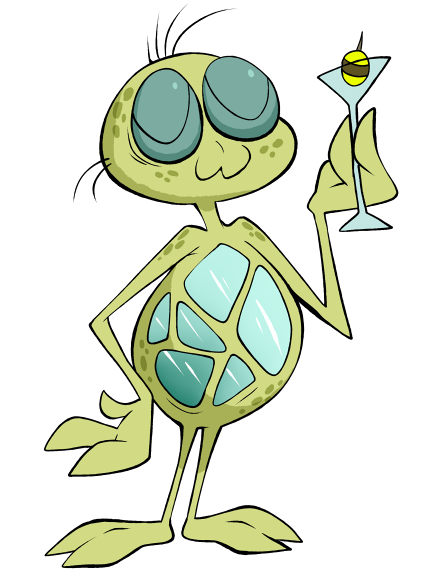
[REAL PHOTO HERE]
We're all done with weird, wacky uses for silk at this point, but let's get into some spiders with more bizarre anatomy. Thwaitesia argentiopunctata is a harmless (to us) little spider found throughout Australia, and considered by many to be one of the most beautiful spiders in the world.
The surface of this spider's gut deposits "crystals" of guanine, a compound that also gives fish scales their sheen and is usually excreted from various animals as waste. When the spider contracts its muscles, the crystals become hidden and it turns almost brown, but when relaxed, the tiny mirrors open up and the spider sparkles in the sun like a diamond.
...But why? It's actually the same reason a lot of other tiny arthropods have shiny surfaces, and a reason that may not have crossed your mind before, but suddenly seems obvious once you've heard it.
